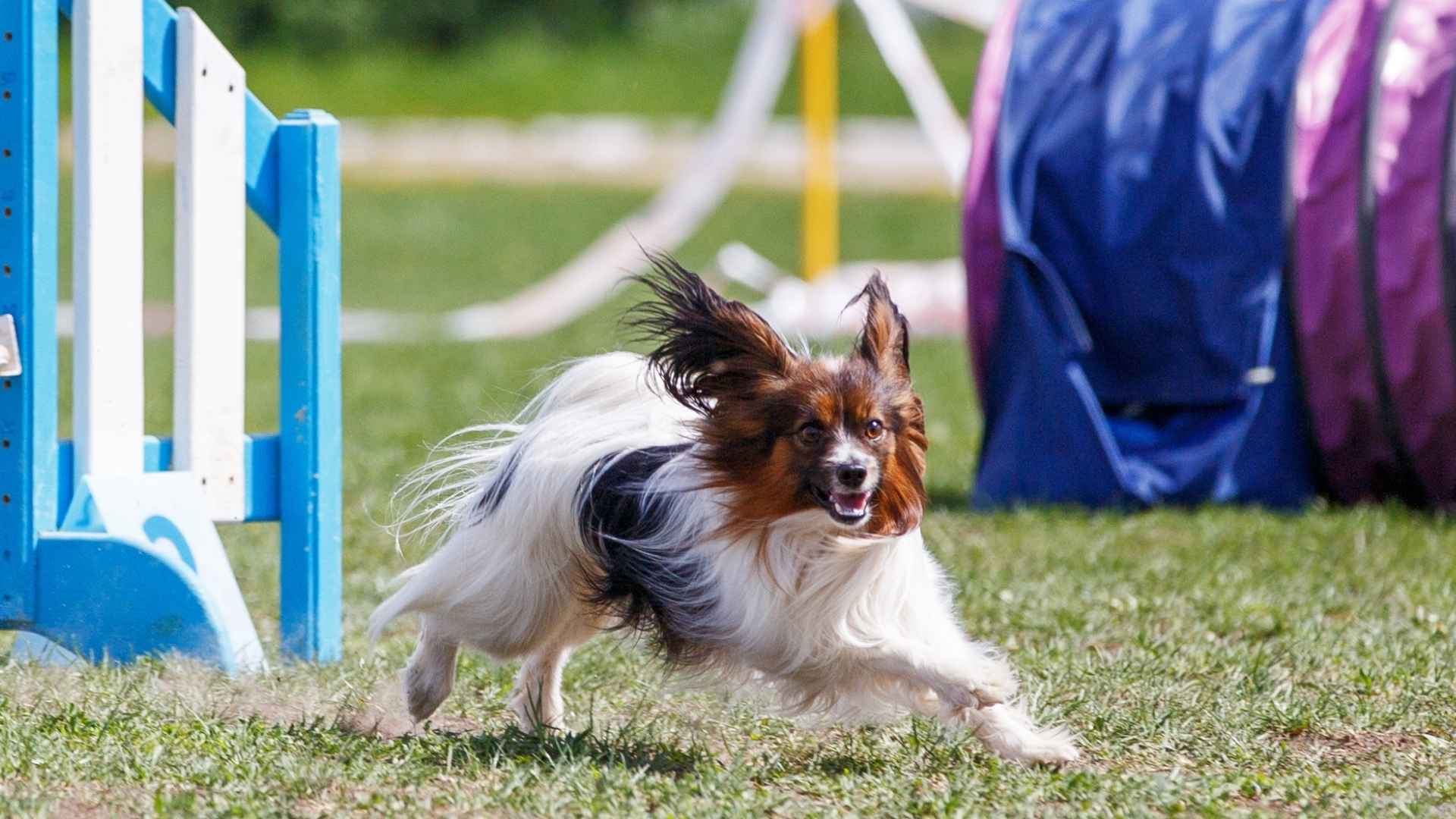Dog agility competitions are an exciting blend of speed, coordination, and teamwork that showcase a dog’s physical skill and mental acuity. In these fast-paced events, dogs dash through obstacle courses—navigating jumps, tunnels, weave poles, and contact zones—all under the direction of a dedicated handler. The goal? To complete the course quickly and flawlessly, demonstrating precision, responsiveness, and endurance.
These competitions aren’t just tests of physical fitness; they also challenge a dog’s ability to think quickly and follow cues under pressure. Each agility course is uniquely designed, ensuring that dogs and their handlers face fresh challenges every time.
From sharp turns and high-speed sprints to balance-testing seesaws, every element of the course pushes a dog’s limits while strengthening their bond with their handler. In the agility world, these breeds are also known for their intelligence, trainability, and nimbleness. Let’s explore the top 9 dog breeds that excel at agility competitions.
Dog Breeds That Excel At Agility Competitions
1. Poodle
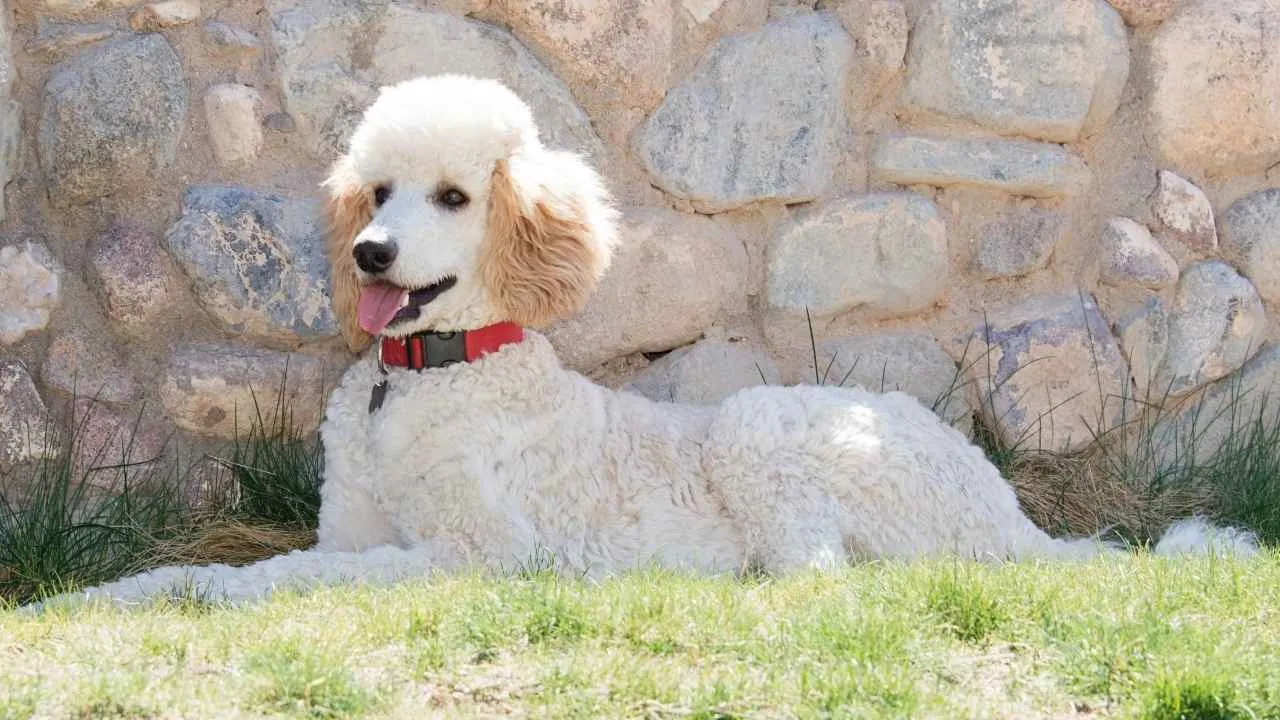
Often mistaken for just a show dog due to its distinctive curly coat and elegant appearance, the Poodle is actually one of the most agile dog breeds in the world. According to the AKC, Poodles are intelligent as well as active dogs.
Available in three sizes—Standard, Miniature, and Toy—Poodles all share the same proportional build, athletic structure, and keen intellect. Standard Poodles, standing over 15 inches tall and weighing 40–70 pounds, bring power to the agility course, while the smaller varieties like the Miniature and Toy breeze through tighter spaces with speed and precision.
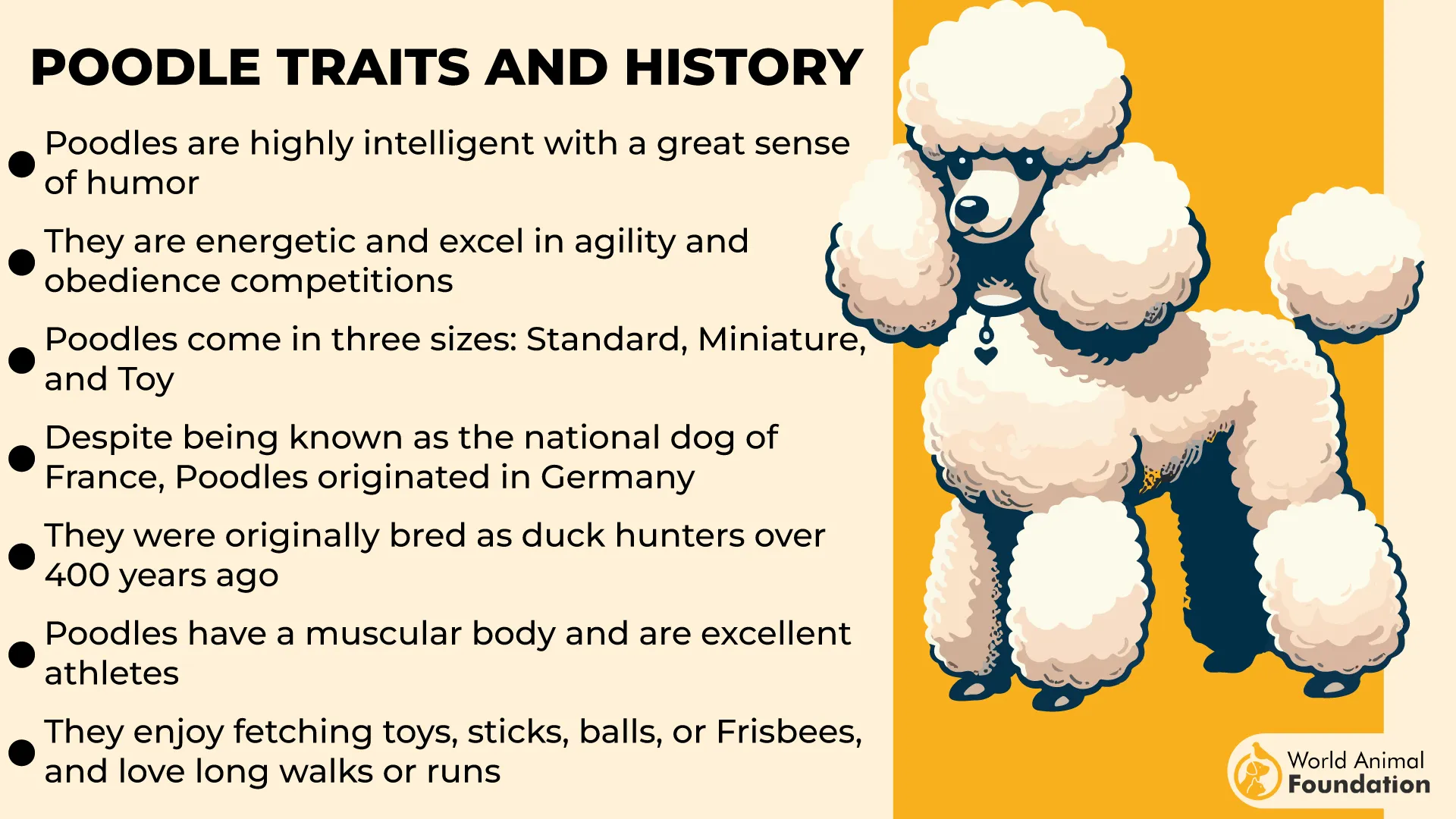
Their low-allergen coat is not just for looks; it also reduces shedding, making them a favorite for active households. The Poodle belongs to the Non-Sporting Group and has a life expectancy of 10–18 years.
Exercise
Poodles thrive with 1–2 hours of daily exercise that combines both physical activity and mental challenges. Their high intelligence makes them perfect for agility, rally obedience, and flyball, where they respond quickly to cues and excel at complex obstacle sequences.
This breed’s enthusiasm and energy require outlets like guided training or structured play to keep them sharp and happy.
Fact: Despite their posh reputation, Poodles are one of the most versatile and athletic dog breeds, dominating many agility and obedience competitions across the globe.
2. Golden Retriever
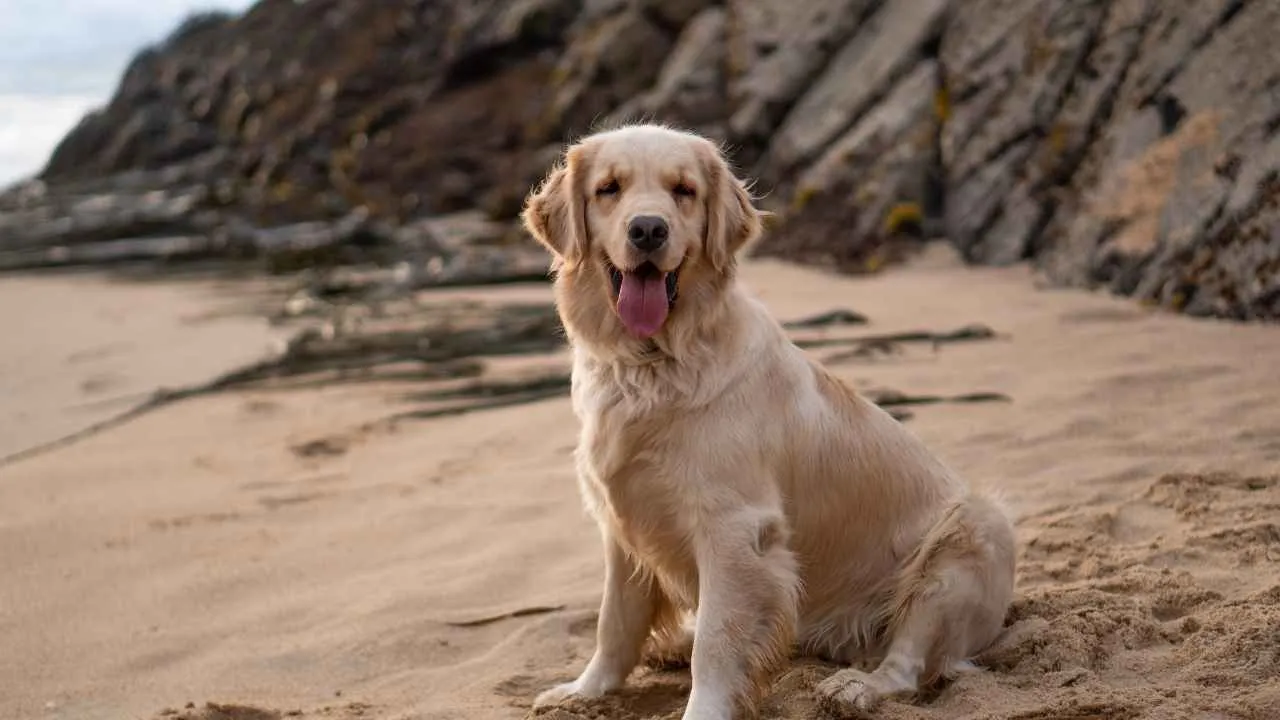
Beloved for their friendly temperament, Golden Retrievers are more than just gentle family companions—they’re also surprisingly agile athletes. PDSA states that Golden Retrievers make excellent family pets for active households thanks to their energetic personalities, balanced by their calm demeanor and intelligence..
Originating in 19th-century Scotland, they were developed to retrieve game over water and land, giving them strength, endurance, and intelligence. Typically weighing between 55 to 75 pounds and standing about 21.5 to 24 inches tall, Goldens are solidly built with a powerful, smooth gait and a distinctive, dense, golden coat.
Their eager-to-please nature and calm disposition make them one of the most trainable breeds, which is why they excel in obedience trials, tracking, and increasingly, agility sports. While working-line Goldens are leaner and more energetic, both show and field types can perform admirably on agility courses when properly conditioned.
Exercise
Golden Retrievers thrive on activity and require a minimum of two hours of exercise daily. Their regimen should mix long walks, off-leash runs, structured play, and agility drills to keep both body and mind engaged.
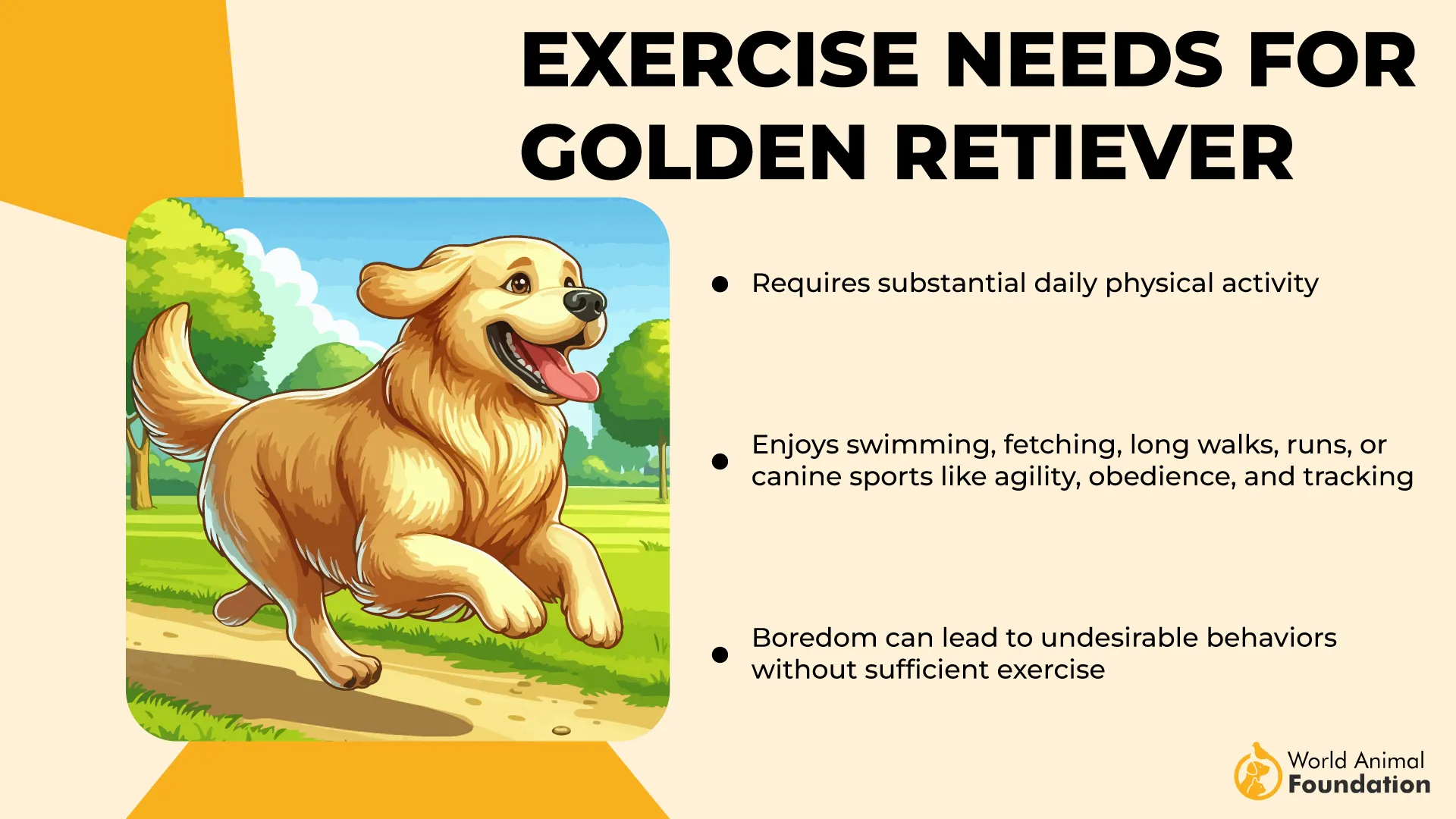
Their enthusiasm and willingness to work make them eager agility partners, especially when activities involve plenty of interaction and praise.
Fact: Goldens were originally bred by Lord Tweedmouth in Scotland, and their detailed lineage was revealed through historical gamekeeper records published in 1952.
3. Belgian Malinois
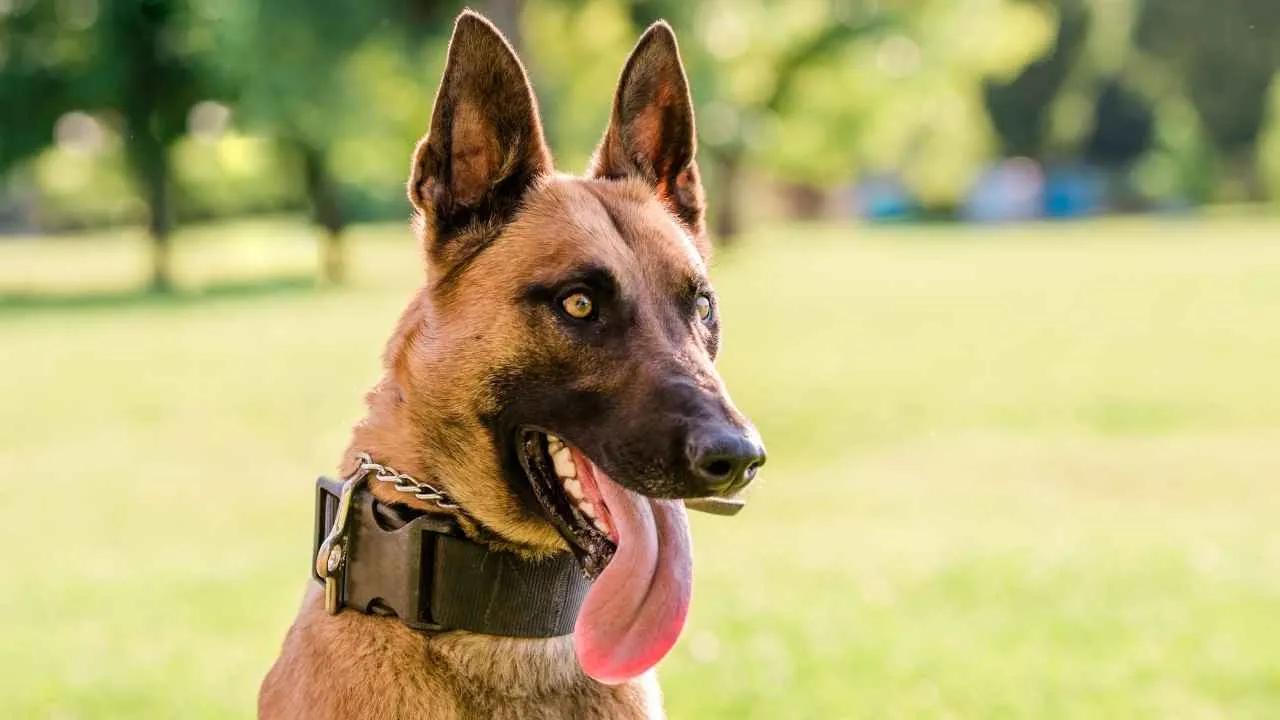
Originally developed as an agile and hardworking herding dog, the Belgian Malinois (pronounced MAL-in-wah) is a standout in canine athletics. PetMD says that Belgian Malinois were originally bred near the city of Malines in Belgium, which is where their name comes from.
This breed belongs to the herding group and is celebrated for its intelligence, speed, and work ethic. Standing between 22 to 26 inches and weighing around 40 to 80 pounds, the Malinois is lean, muscular, and built for stamina.
With a coat that ranges from rich fawn to mahogany and characteristic black ears and mask, this dog exudes alertness and purpose. Their unwavering focus and ability to quickly adapt make them one of the top performers in agility trials worldwide.
Exercise
Belgian Malinois thrive on daily physical and mental stimulation. They require well over 40 minutes of active, engaged exercise every day. Ideal activities include agility training, scent walks, tracking games, and structured herding tasks.
Simply letting them run in the backyard won’t suffice—they crave direction and interaction. These dogs love side-by-side challenges with their owners, making agility sports a perfect outlet for their energy and drive.
Fact: Due to their intelligence and responsiveness, Belgian Malinois are frequently seen in military K-9 units and excel in obedience and agility arenas.
4. Labrador Retriever
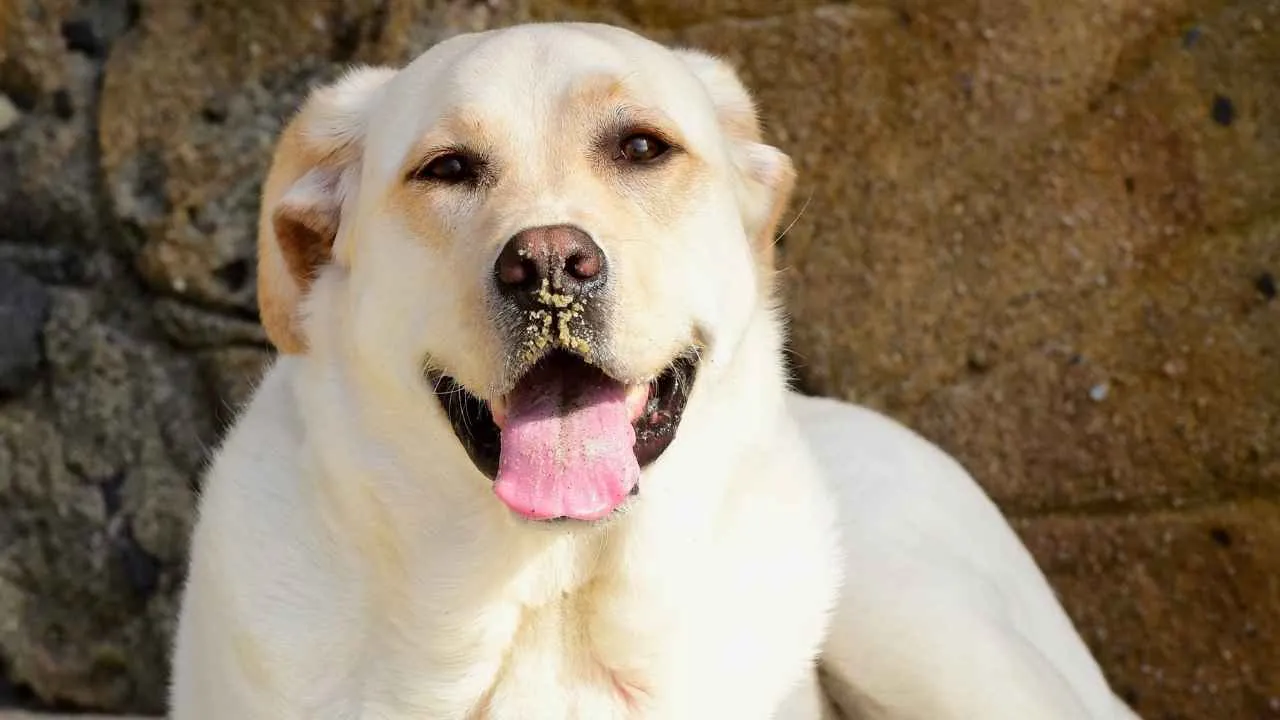
Originally bred in Newfoundland to assist fishermen, the Labrador Retriever has evolved into one of the world’s most versatile and beloved breeds. With a sturdy build and an affable nature, Labs typically stand between 21.5 to 24.5 inches tall and weigh 55 to 80 pounds.
Their dense, water-resistant coat comes in yellow, black, or chocolate, and their trademark otter tail and expressive eyes reflect their eager and friendly temperament.
Labradors belong to the Sporting Group and enjoy an average lifespan of 10 to 12 years. Their combination of intelligence, athleticism, and eagerness to please makes them standouts in various dog sports, including agility.
Exercise
Labrador Retrievers are high-energy athletes at heart. To keep them physically and mentally fit, they require a minimum of 80 minutes of quality exercise daily. Many Labs thrive on more extended routines, especially those involving interactive play.
Their enthusiasm for movement and teamwork makes them naturals on agility courses, where they excel at jumps, tunnels, and contact obstacles with both speed and precision.
Fact: Despite their name, Labrador Retrievers were first developed in Newfoundland, not Labrador, where they were used to haul nets and retrieve fish for local fishermen.
5. Cocker Spaniel
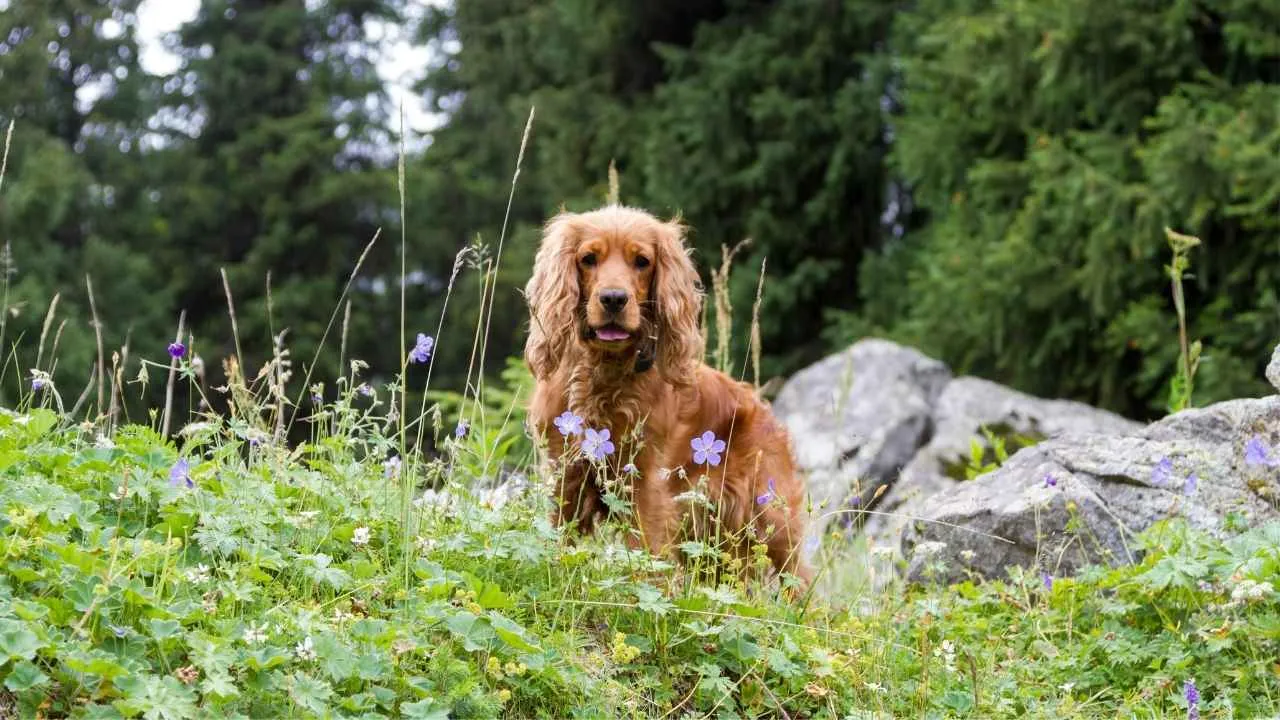
The Cocker Spaniel, the smallest of the AKC sporting spaniels, boasts a cheerful demeanor and a compact yet athletic frame that lends itself well to agility competitions. Originating as a skilled bird-hunting dog, this breed has evolved into a beloved companion known for its beautiful, silky coat, expressive eyes, and feathery ears.
Typically standing 14 to 15 inches tall and weighing between 24 to 30 pounds, Cocker Spaniels come in a wide array of coat colors and patterns. Their well-balanced structure, easy gait, and boundless enthusiasm make them excellent agility athletes.
Highly responsive to training and full of playful energy, they shine in obstacle-based environments where quick turns and fast decision-making are key.
Exercise
Active and energetic, Cocker Spaniels thrive on physical activity. They need at least 70 minutes of exercise daily, split across multiple walks and play sessions.
Whether navigating weave poles or leaping over hurdles, their athleticism and focus allow them to excel in both casual agility games and competitive trials. Regular activity helps maintain their physical fitness and keeps their minds sharp and engaged.
Fact: With their eager-to-please attitude and playful spirit, Cocker Spaniels were once America’s most popular dog breed, loved for their charm and trainability.
6. Border Collie
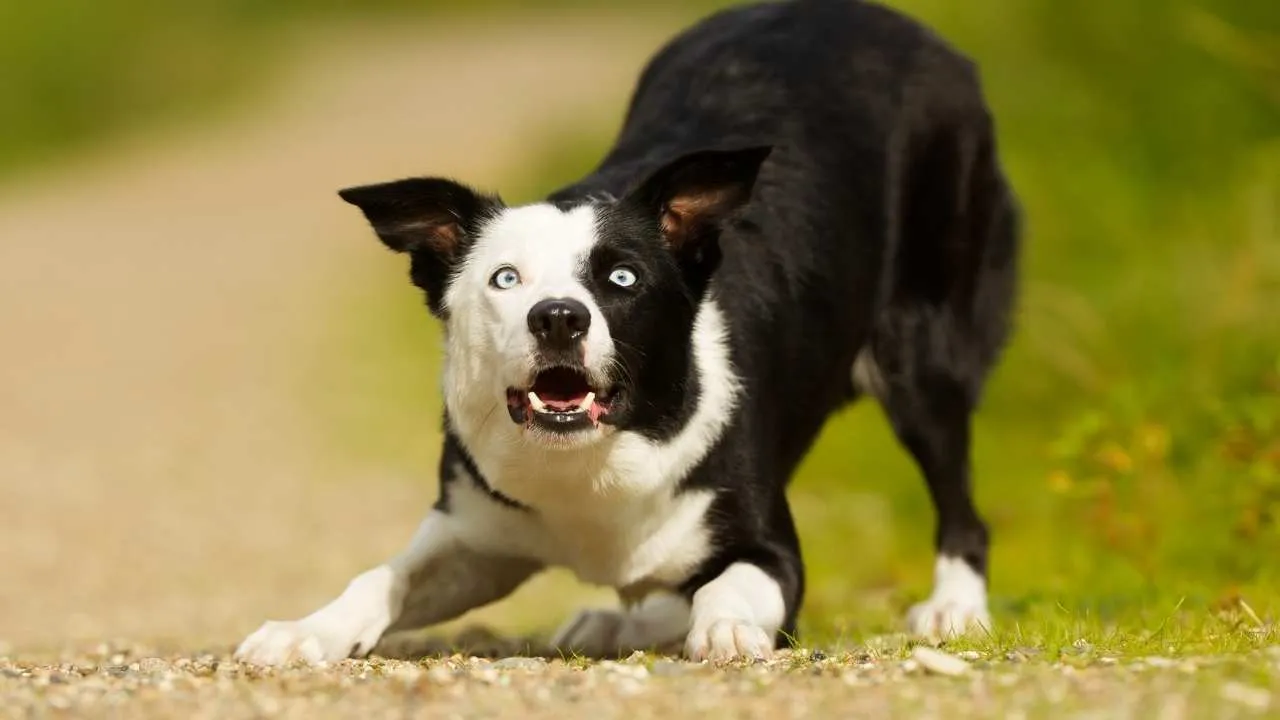
The Border Collie, renowned for its unparalleled intelligence and tireless energy, is often regarded as the ultimate agility champion. Originating in the border regions between Scotland and England, these medium-sized herding dogs stand 18 to 22 inches tall and typically weigh between 30 to 45 pounds.
Their lean, athletic build, paired with intense focus and lightning-fast reflexes. With either a rough or smooth double coat and expressive almond-shaped eyes, their famous “herding gaze” is as commanding as their agility skills.
Known for sharp turns, split-second reactions, and excellent handler communication, Border Collies consistently dominate agility events worldwide.
Exercise
These intelligent dynamos need more than just a walk around the block. A Border Collie requires at least two hours of physical and mental stimulation daily, preferably split between energetic play, structured exercise, and off-leash exploration in secure areas. They thrive when given tasks—be it agility, herding, or puzzle games—that engage both their minds and bodies.
Fact: Border Collies are not only agility champions but are widely considered the most intelligent dog breed, capable of learning hundreds of commands.
7. Australian Shepherd
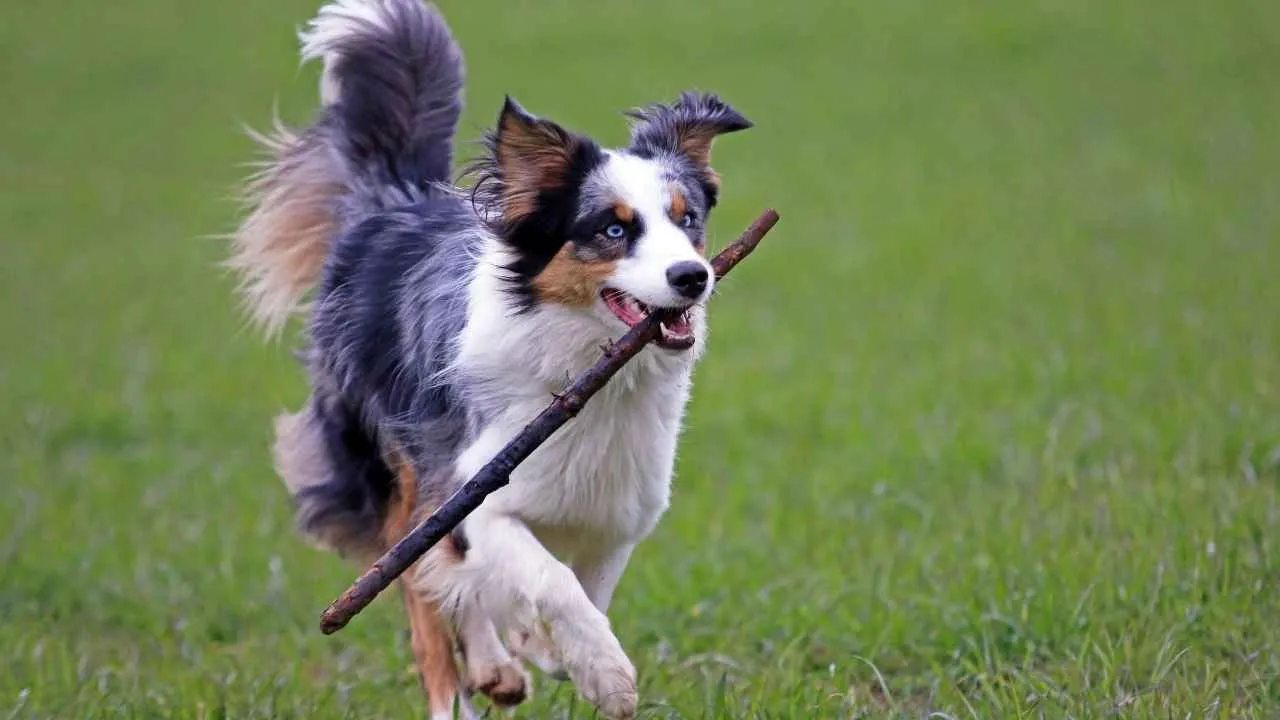
Often referred to as “Aussies,” Australian Shepherds are highly regarded for their agility, intelligence, and strong work ethic. Despite the name, this breed was refined in the United States to herd livestock on Western ranches, particularly in California.
These medium-sized dogs typically stand between 18 to 23 inches tall and weigh anywhere from 40 to 65 pounds. Their striking merle coats, piercing eyes, and animated expressions make them not just agile but also eye-catching competitors.
Belonging to the Herding Group, Aussies live around 12 to 15 years and exhibit a natural drive to work and please their handlers.
Exercise
Aussies have boundless energy and need rigorous physical activity to stay mentally and physically healthy. Daily exercise should include a couple of hours of activity such as running in a large, secure yard, hiking, or, ideally, agility training.
Their herding heritage and high stamina make them eager participants in challenging agility courses, and they thrive when tasks are mentally stimulating and involve close communication with their handler.
Fact: Australian Shepherds are not only known for their agility skills but are also a staple on the rodeo circuit, often working alongside cowboys to herd livestock.
8. Shetland Sheepdog
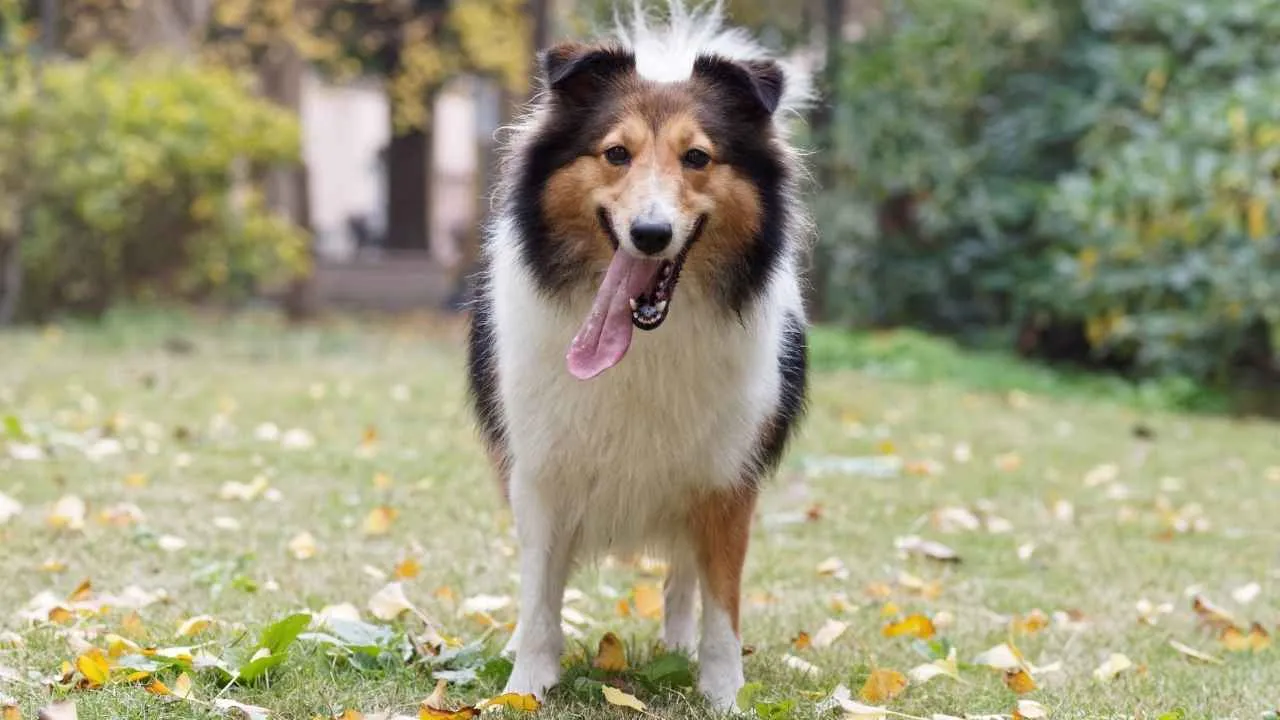
Often referred to as the Sheltie, the Shetland Sheepdog is a compact yet energetic breed originating from Scotland’s rugged Shetland Islands. Bred for herding sheep in challenging environments, this intelligent dog stands 13 to 16 inches tall and weighs between 15 to 25 pounds.
Resembling a miniature Collie, the Sheltie sports a dense double coat that comes in black, sable, or blue merle with characteristic white markings. With a wedge-shaped head, alert expression, and nimble frame, Shelties are natural stars in the agility classes.
Their sharp instincts and responsiveness stem from their herding background, making them quick to interpret commands and eager to perform. This alert and hardworking nature makes them stand out in competitive environments that test speed and precision.
Exercise
Shelties require at least an hour of daily physical activity. Their playful nature thrives on mentally engaging games like fetch, chase, and obstacle courses. Their high energy and desire to please make agility training both effective and enjoyable.
Fact: Despite their small stature, Shelties are among the most successful breeds in competitive dog sports due to their agility, intelligence, and precision.
9. Papillon
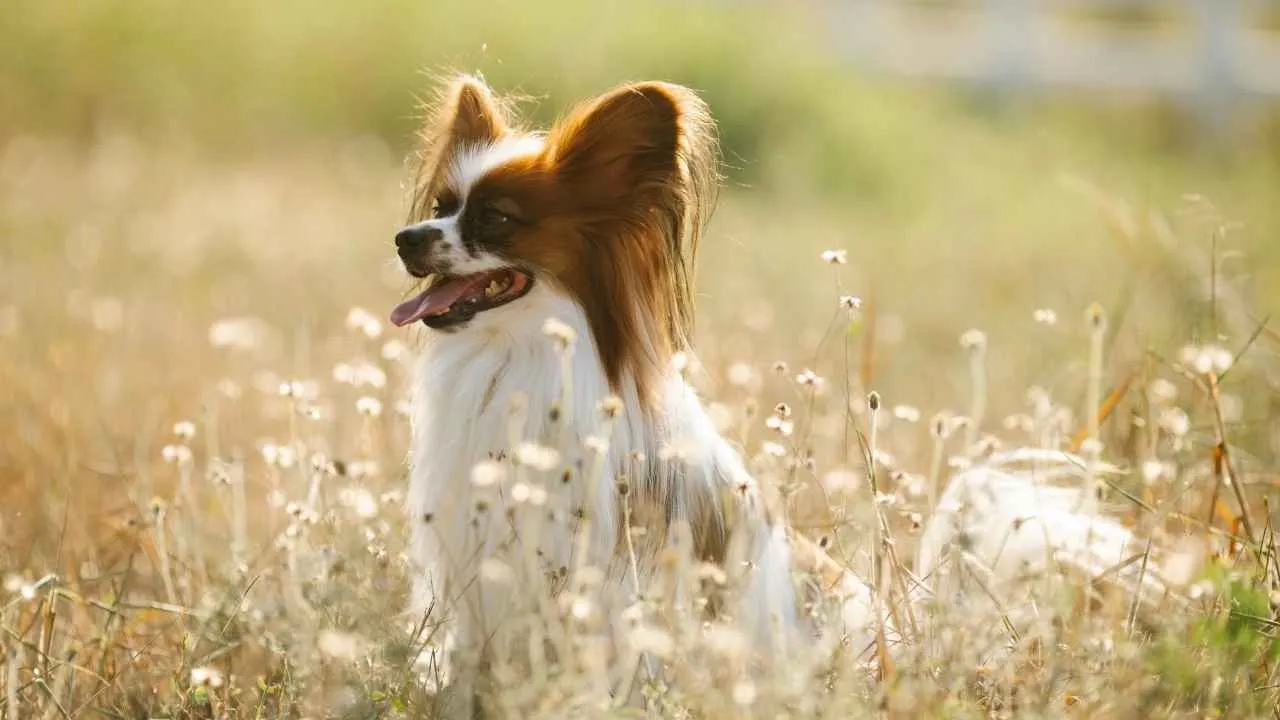
The Papillon, named after the French word for “butterfly” due to its distinctive wing-shaped ears, is a toy breed with surprising athletic prowess. Standing 8 to 11 inches tall and weighing just 5 to 10 pounds, this compact canine is dainty in appearance but robust in performance.
Recognized for its fine-boned frame, plumed tail, and flowing silky coat in various color patterns (always with a white base), the Papillon belongs to the Toy Group and enjoys a lifespan of 14 to 16 years. Despite its elegant look, this breed boasts a lively spirit and is frequently seen dominating agility competitions.
Exercise
Papillons require 30 to 45 minutes of daily physical activity, which can include walks, indoor games, or light fetch sessions. Their mental sharpness and high energy make them one of the best dog breeds for agility training.
Their low-to-moderate exercise needs are easily met, even in smaller living spaces, as long as their minds and bodies are kept engaged.
Fact: Papillons consistently outperform many larger breeds in agility contests, proving that size is no limitation when it comes to speed and skill.
Conclusion
Agility competitions showcase the incredible athleticism, focus, and teamwork between dogs and their handlers. While certain breeds naturally shine in this sport, agility isn’t limited to just one type of dog. From lightning-fast Jack Russell Terriers to intelligent and versatile German Shepherd Dogs, the agility course welcomes a wide range of talents. Some breeds, such as Papillons and Poodles, are compact and nimble, while medium to larger contenders like German Shepherds combine strength with precision, making them standout performers in dog agility training.
When it comes to agility dog breeds, there’s a diverse pool of canines capable of excelling with the right guidance and motivation. Success often depends as much on the bond between handler and dog as on the physical attributes of a certain dog breed. Whether you’re looking to compete seriously or simply want an engaging way to bond with your pup, exploring agility with the right breed—and consistent training—can make all the difference in unleashing their full potential.


